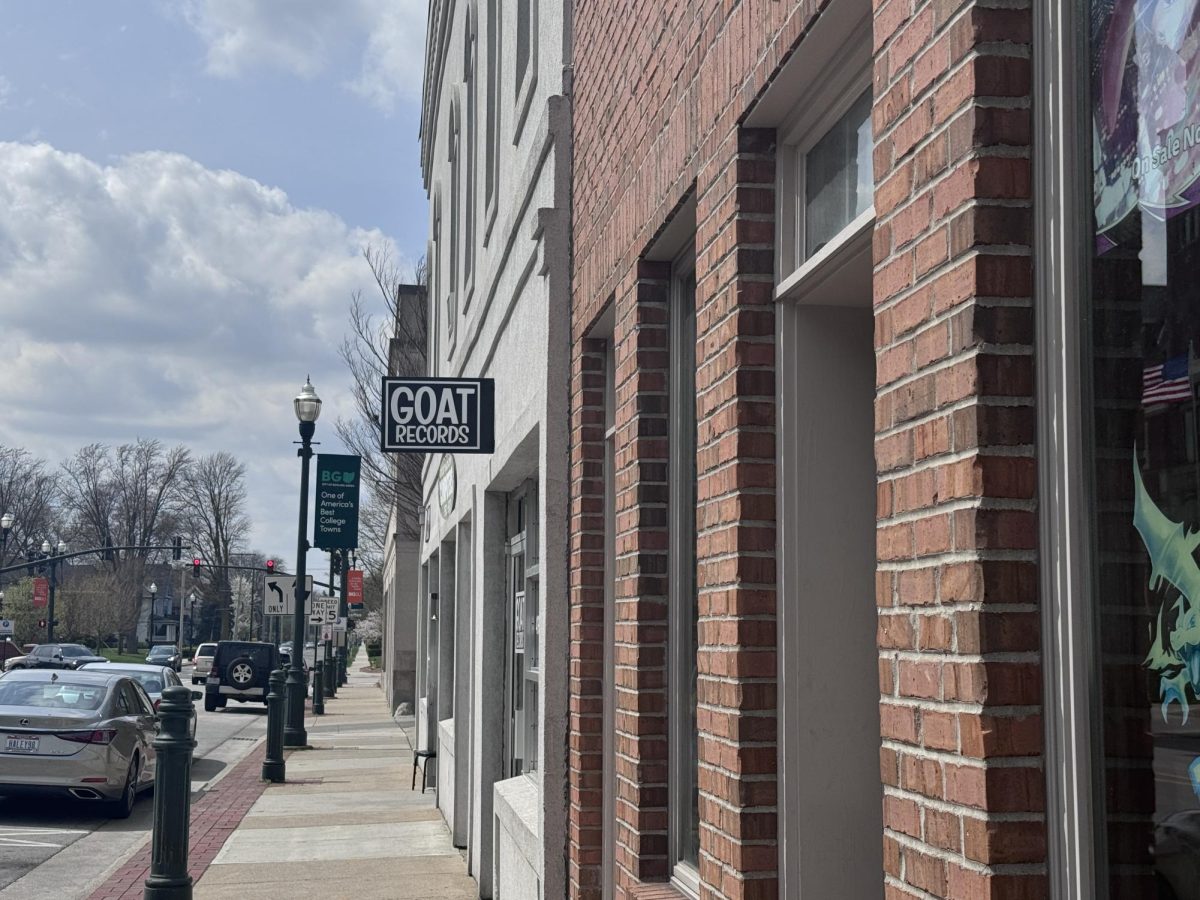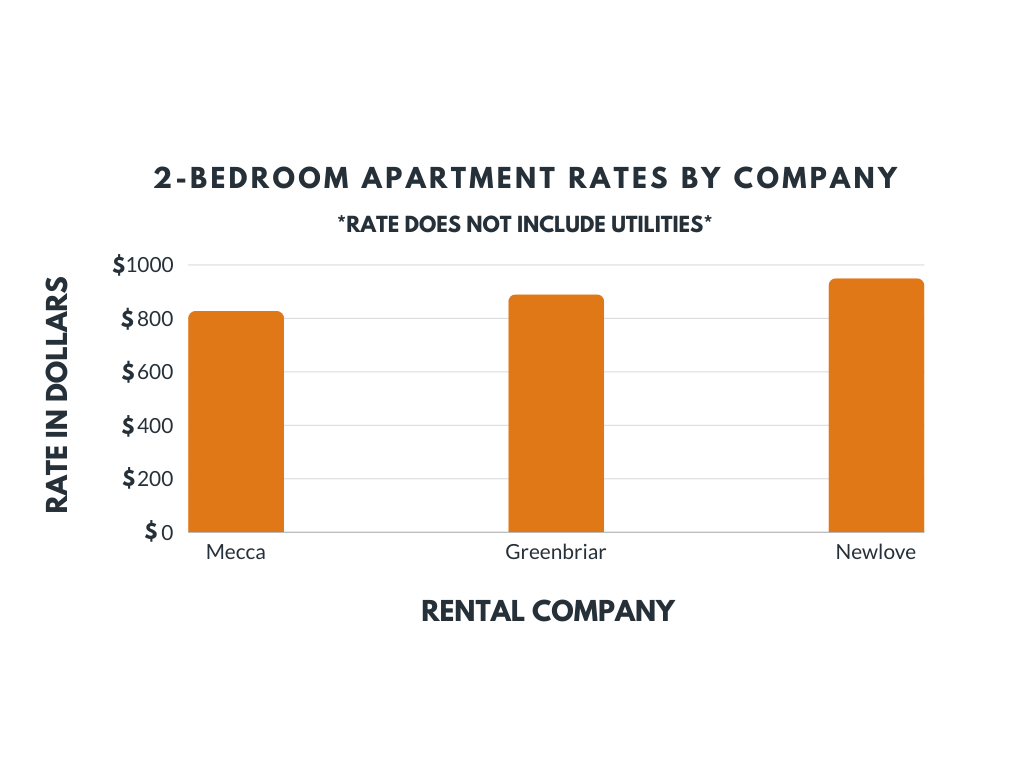A controversial and complex issue is electrifying the city of Bowling Green. In October 2007, Bowling Green signed a 50-year contract to build a coal power plant in Meigs County in Southeastern Ohio to be opened in 2013. Since 2007, several organizations and community members have voiced their opinions on the issue saying they do not support the city’s decision to sign the contract. ‘People want to debate the contract now, I wish I had heard from them 18 months ago,’ said Kevin Maynard, Bowling Green utilities director. ‘Because now is not the time to back out of the legal obligations you have created.’ The BG News took an in-depth look at the debate surrounding the plant, including information about why Maynard says it is necessary and why organizations like Ohio Citizen Action say there are other ways to get our energy. BACKGROUND The city of Bowling Green is a municipal utility and is overseen by a five-member board that is appointed by the mayor and confirmed by city council. ‘A municipal utility just means the city owns it,’ Maynard said. ‘We are not like Toledo Edison, which is different because they are a private investor owned for profit company. We on the other hand are owned by the city.’ In 1981, Bowling Green and other Ohio municipal utilities formed American Municipal Power-Ohio, which now is the wholesale power supplier and service agency for 122 municipal electric systems in Ohio, Kentucky, Michigan, Pennsylvania, Virginia and West Virginia. ‘It is nothing more than an organization created by Bowling Green and other municipal electric utilities to work together and get some of the economies of scale that large investor-owned utilities get,’ said Maynard, a member of the board of AMP-Ohio. ‘Before AMP-Ohio we had to negotiate on our own with utility companies.’ Maynard compared AMP-Ohio to a co-op, adding they have been working on Bowling Green’s power supply arrangements for 20 years. In 1988, Bowling Green and 13 other AMP-Ohio communities negotiated a 20-year contract with Toledo Edison, now called First Energy, for 60 megawatts of base load power, which is the minimal power the city uses in energy. In December of last year the contract expired, and First Energy did not want to renew the contract, Maynard said. Bowling Green then began looking at other ways to receive energy to ensure the 60 megawatts of base load power needed to run the city was maintained. The city of Bowling Green currently receives power from various resources, including wind turbines, hydroelectric power, Ohio landfills and other sources. In 2007, coal fired plants made up an estimated 75.3 percent of Bowling Green’s energy resources. However, Maynard said using renewable resources, like wind turbines and hydroelectric plants, isn’t enough to fulfill the city’s base load needs. ‘Hydroelectric, wind and solar generations are generally not dispatchable, [meaning] its output varies with water flow, wind speed and sunlight,’ Maynard said. ‘It doesn’t matter what our electric load is. It depends on what the wind is doing today; is the sun shining?’ With 60 megawatts being Bowling Green’s base load needs, the city needs to have this much energy on hand at all times. With peak energy season being in the summer when the city could use up to 100 megawatts of energy, it is necessary to ensure the city has enough energy, Maynard said. If the city can’t fulfill their base load needs the city is forced to either buy energy ‘off-the-grid,’ meaning they buy energy from companies like First Energy, or they have to use their own reserve. For Maynard, understanding the issue of finding our base load power for the city is his main concern. For him the AMP-Ohio plant is one source to replace the energy lost by the ending of the First Energy contract. ‘We have base load needs, and this isn’t something we are growing into. This [AMP-Ohio plant] is to take the place of a contract that has expired,’ Maynard said. In an effort to fulfill their base load needs Bowling Green signed onto a contract with AMP-Ohio for a new coal fire power plant in Meigs county in Southeastern Ohio. THE DEBATE In October 2007, city council passed an ordinance giving Maynard the right to sign into a contract with AMP-Ohio on a coal fire plant to be built in Meigs County, located in Southeastern Ohio. Bowling Green would receive 21 megawatts of energy out of 1,000 megawatts generated at the plant. As ratepayers of Bowling Green municipal utilities, residents of Bowling Green will pay off the plant. ‘You would be paying it through your electric bills the same way you are today,’ Maynard said. Once the ordinance passed, Ohio Citizen Action, a non-profit organization, heard about the plant and immediately realized they needed to take action. ‘We really don’t believe this power plant is needed,’ said Rachael Belz, an organizer with Ohio Citizen Action. ‘Personally, I would like to be working in the opposite, directing and cleaning up the current coal plants in Ohio.’ Belz, who has been doing this kind of work for 17 years, said the reason Ohio Citizen Action is voicing their opinion after the ordinance was passed is because there was lack of media coverage. ‘I think [the lack of media coverage] is true from what I have seen in all the AMP communities,’ Belz said. ‘There are a lot of reasons that may be true. Fact of the matter is this is a long-term, costly contract.’ Belz added the communities that had media coverage, like Yellow Springs and Overland, didn’t pass the ordinance because they knew about the issues. However, Maynard and Robert McOmber, chair of the public utilities committee and a councilman-at-large, disagree. ‘This whole issue was very public,’ McOmber said. ‘There was nothing that was done to try to keep it from the people in the dark of the night.’ Maynard added there were numerous articles in newspapers like the (Toledo) Blade, The BG News and The Sentinel-Tribune discussing the AMP-Ohio Plant. In a search of The BG News archives, one article appeared announcing the ordinance vote, but no articles about the AMP-Ohio plant were found before the vote. Besides the alleged lack of media coverage, a major issue concerning Ohio Citizen Action is the cost of the plant. When the AMP-Ohio plant was proposed, the predicted cost of the plant was $1.2 billion, but the cost has now risen to $3.3 billion. ‘I was told right from the start that was not the realistic price,’ McOmber said. ‘When I first heard that number I was told not to rely on it. It was a ballpark estimate of what a coal fire plant might cost.’ Belz added the number has been growing significantly since the first price was imposed. ‘It has gone up a number of times,’ Belz said. ‘I don’t think this is an end price, and it doesn’t include the financing for the plant. Fact of the matter is it started at one public number, and now it is at another public number. Why did they put [the first number] out there if they weren’t going to use it?’ The financing Belz is referring to is the interest rates the plant will accumulate after it is built, which causes uncertainties in the rates residents are going to have to pay. The contract Bowling Green signed is called a ‘take or pay’ contract, meaning electric ratepayers, who are all residents who pay their electric bills to municipal utilities, will have to pay for the plant no matter what the costs are, Belz said. Maynard, however, said all the city’s contracts are ‘take or pay’ contracts, and that is why the city invests in different types of energy so ‘we don’t have all our eggs in one basket. ‘We have been pursuing short term and long term power supply arrangements to spread our risks out while trying to minimize our environmental impacts,’ Maynard added. Belz said her main concern is the fact AMP-Ohio hasn’t determined a price for the plant and the financing is uncertain, making the rates residents will have to pay uncertain. ‘Costs go up for things like coal and construction costs are more likely to go up than to go down,’ Belz said. However, Maynard said it is better to buy from a power plant AMP-Ohio because it minimizes the risk residents have. ‘What we are trying to do is minimize the risk that your [residents] costs may increase or decrease a lot and try to keep it stable in the long run based on everything we knew and everything we can find. Owning [the AMP-Ohio plant] at this point in time is a better deal than continuing to run on market purchases,’ Maynard said. Other issues surrounding the plant include the health ramifications for the people of Meigs County, the 50-year contract and the environmental impact this plant will have. ‘One of the things we contend is in Meigs County. They will only get the pollution from the plant and will get none of the energy,’ Belz said. She added that currently there are already four other coal fired power plants in an 11-mile radius form the current proposed AMP-Ohio plant. These plants, Belz said, have been causing supposed health problems for the people of Meigs County. According to an Ohio Citizen Action press release, AMP-Ohio has already admitted the new plant would put out 20 million pounds of sulfur dioxide and nitrogen oxide combined every year. For Maynard, getting energy from a new coal fire plant is better than buying energy ‘off-the-grid’ because they usually get their energy from older plants which give off more pollution than the newer plants. ‘We should be exploring all alternatives available to us,’ Belz said. ‘Just because you can’t meet your power base needs one hundred percent with our renewable resources doesn’t mean we shouldn’t look at other options and expand on those renewable sources and increase the ratio in which we use those renewable energies.’ Maynard disagrees, saying the city currently uses 16 to 20 percent of their sustainable resources, well above the average demanded by the state. The last issue that has Ohio Citizen Action and the Environmental Action Group on campus upset is the contract length of 50 years. ‘It is just a really, really long time. Think about how much changes in 50 years,’ said Laura Winebarger, president of the Environmental Action Group. ‘I just keep thinking 50 years ago and what kind of technology we had compared to now.’ Most of the contracts Bowling Green signs are 50-year contracts, Maynard said, adding that 50 years is the estimated time the AMP-Ohio plant will last. THE NEXT STEP With controversy surrounding the proposed plant, organizations like Ohio Citizen Action, Progress BG and the Environmental Action Group are trying to raise awareness on the issue so they can put a stop to the plant. Because the city has already signed and passed the ordinance, it would be difficult for Bowling Green to pull out now. ‘Once you have entered into an agreement, you can’t just back out of it,’ Maynard said. ‘Even if Bowling Green said ‘no’ today the plant would still be built.’ For the plant not to go through, Maynard said the majority of the other counties would also have to pull out. ‘AMP-Ohio has constantly said that the member communities of AMP-Ohio have a right to cancel the contract,’ Belz said. ‘The fact of the matter is that the participating communities could decide to cancel the contract, but that doesn’t mean it is over. It means that the participating communities need to evaluate where they are locally with the economy.’ Ohio Citizen Action is working with every AMP-Ohio community to try to stop the plant from being built while Environmental Action Group is working to canvass here in Bowling Green to raise awareness with the public.























